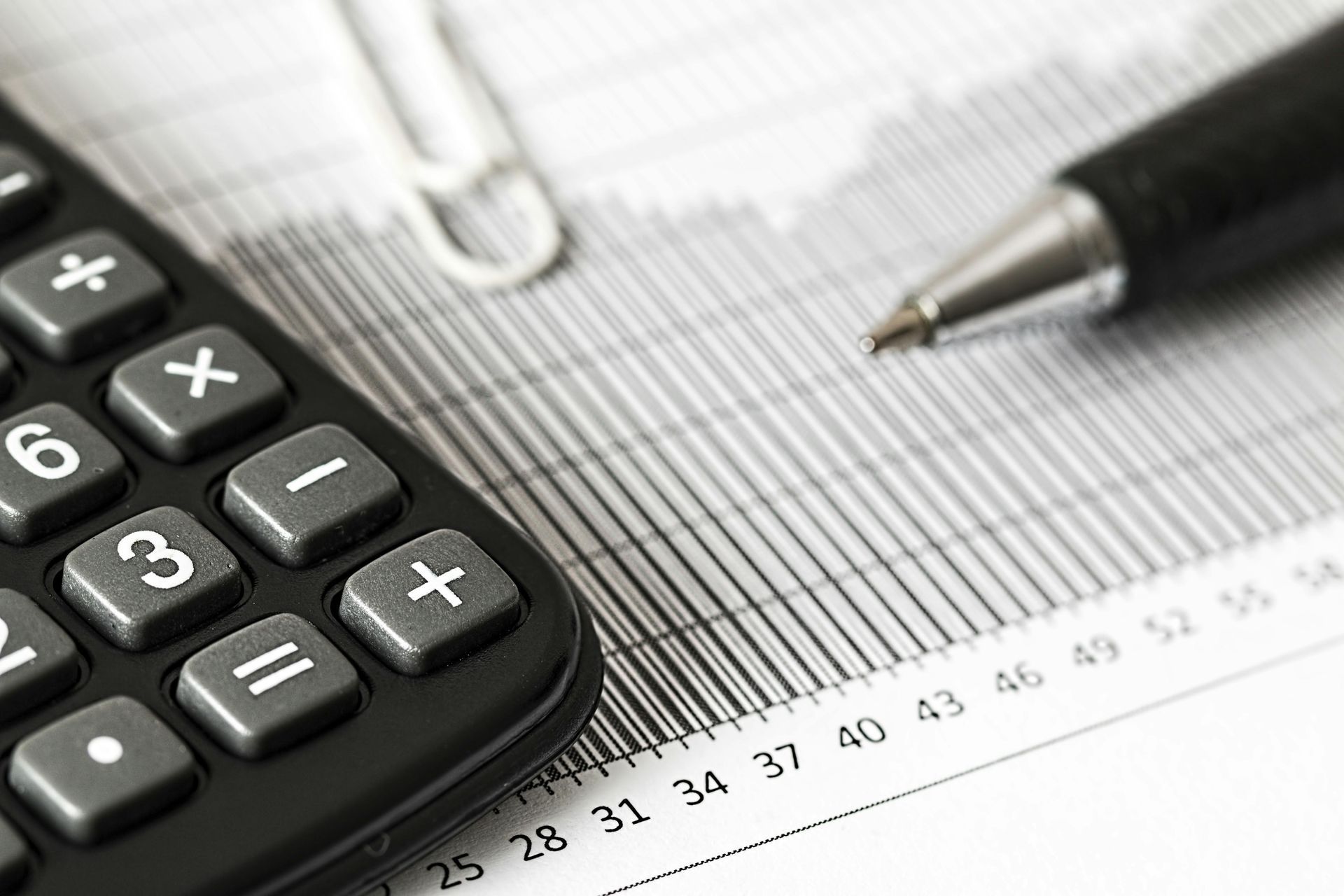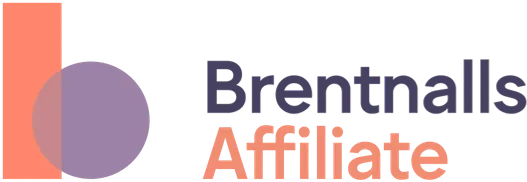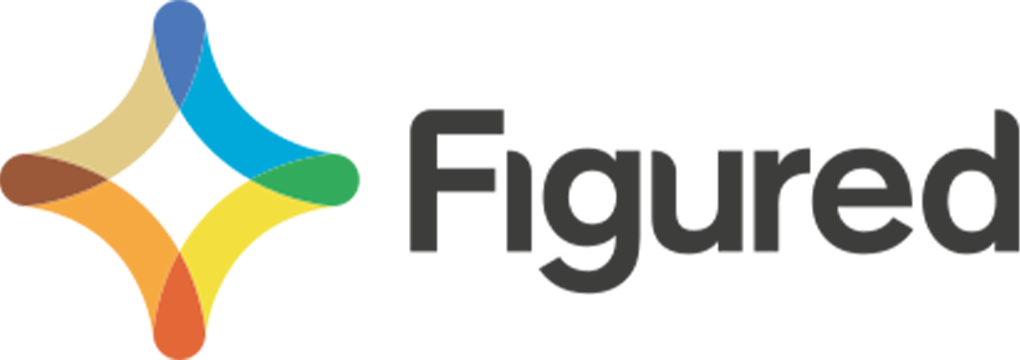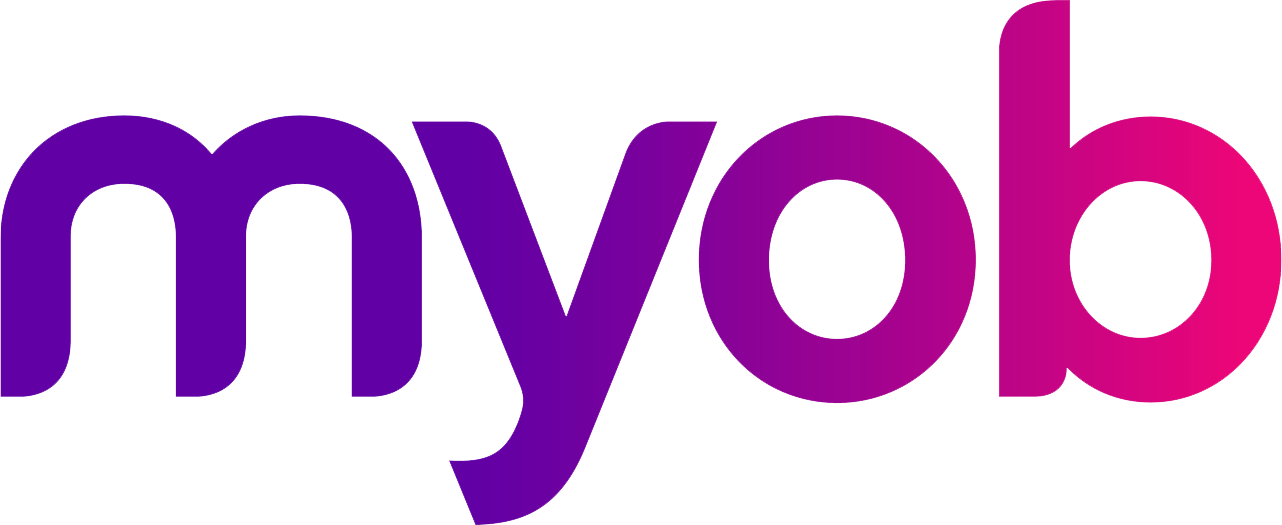How Much do you Need to Start a Self Managed Super Fund?
SMSFs are not for everyone, but for those individuals where an SMSF is entirely appropriate for them, the benefits can be considerable.
In the context of ongoing public debate regarding the appropriate minimum size for an SMSF, new research has been provided to give insights into the true costs of running an SMSF. And the research shows SMSFs are cheaper to run than many people may think.
The findings allow SMSF trustees and potential SMSF trustees to compare appropriate estimates of fees for differing SMSF balances with institutional superannuation funds (commonly referred to as APRA regulated funds).
The costs include establishment, annual compliance costs, statutory fees and some investment management fees. Direct investment fees have been excluded.
What does the research tell us?
SMSFs with less than $100,000 are not competitive in comparison to APRA regulated funds (SMSFs of this size would generally only be appropriate if they were expected to grow to a competitive size within a reasonable time).
SMSFs with $100,000 to $150,000 are competitive with APRA regulated funds (SMSFs of this size can be competitive provided the Trustees use one of the cheaper service providers or undertake some of the administration themselves).
SMSFs with $200,000 to $500,000s are competitive with APRA regulated funds even for full administration. (SMSFs above $250,000 become a competitive alternative provided the Trustees undertake some of the administration, or, if seeking full administration, choose one of the cheaper services).
SMSFs with $500,000 or more are generally the cheapest alternative regardless of the administrative options taken. (For SMSFs with only accumulation accounts, the fees at all complexity levels are lower than the lowest fees of APRA regulated funds).
This research highlights that SMSFs with a low complexity can begin to become cost-effective at $100,000. This is a significant departure from what many had believed to be the case. For simple funds, $200,000 is a point where SMSFs can become cost competitive with APRA regulated funds or even cheaper if a low cost admin provider is used. With the proposed expansion to six member SMSFs, we may see many more take up this option at this threshold.
But it's more than cost
When determining whether an SMSF is right for you, your analysis must go further than just a simple comparison of the costs versus APRA Regulated Funds. It should also factor in your retirement and income goals and whether you have the desire, time and expertise to take on the role of an SMSF trustee. It’s also worth factoring in SMSF members may not receive the same level of protection in the event of theft or fraud that members in APRA regulated funds do.









